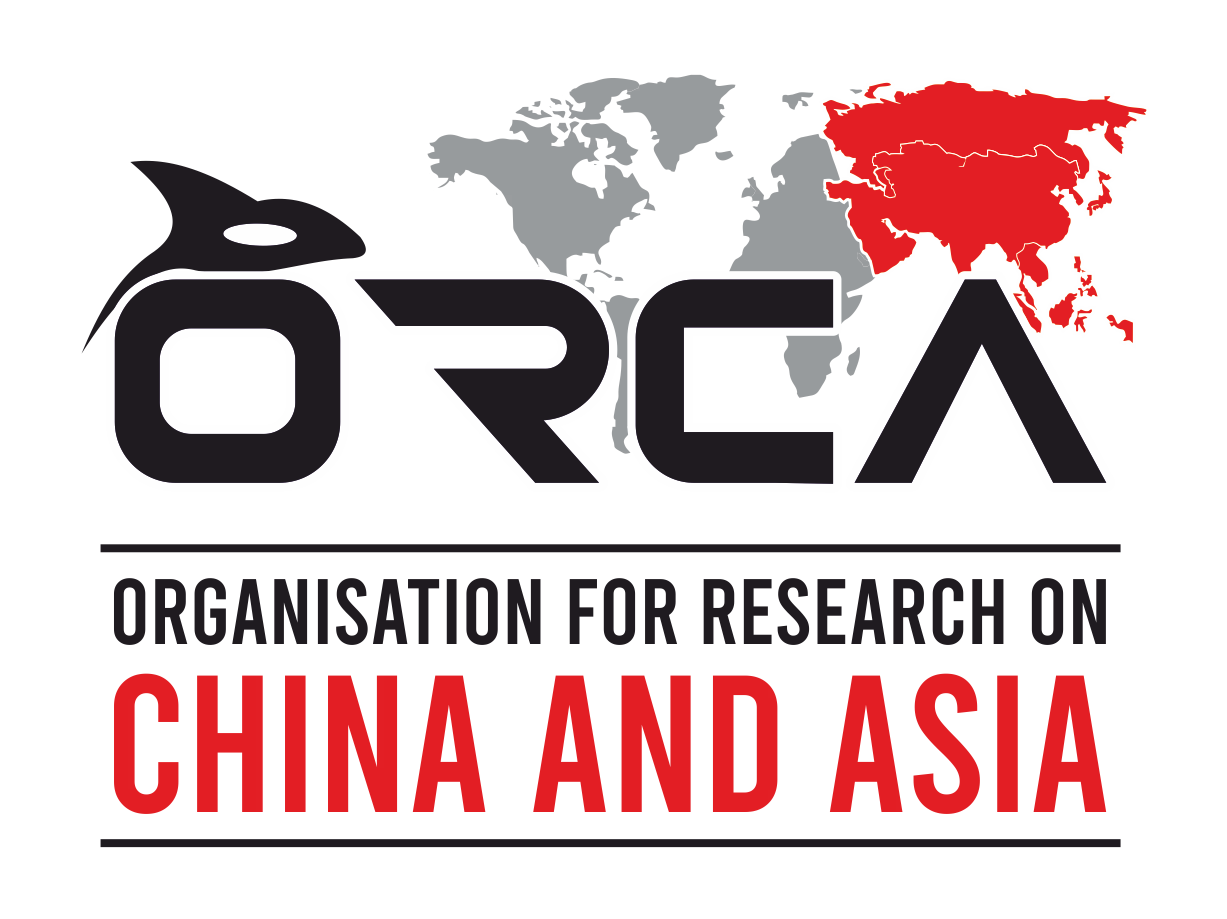The coverage of the India-Pakistan conflict in Chinese state media and commentaries by Chinese strategic thinkers has illustrated China’s clear support for Pakistan’s interests and narrative of the conflict since it began with the terrorist attack in Pahalgam on 22 April 2025. India’s retaliation for the killing of civilians in the form of missile strikes on terrorist camps in Pakistan-occupied Kashmir (PoK) and Pakistan has been framed as an escalation of hostilities, shielding Pakistan from any accountability for its role as a sponsor of terrorism on Indian soil. Leading Chinese media outlets, blogs and social media opinion have not just promoted narratives backing Pakistan’s actions on the battlefield, but also appear to cast India’s diplomatic actions as destabilising for region stability.
Calling India’s military strikes on Pakistani terror camps “regrettable”, China’s Ministry of Foreign Affairs appears to be placing an overwhelming burden on India to halt hostilities, while making statements that present China as a calming and stabilising voice in the region that is urging both sides to exercise “restraint” and offering to play “a constructive role in the de-escalation in ongoing hostilities”. At the same time China is trying to strike a delicate balance between its “all weather strategic partnership” with Pakistan and its newly-improved relations with India after a recent agreement on reducing tensions on the India-China border. However, its media coverage reveals Beijing's support for Pakistan’s narrative, interests and actions in the context of India-Pakistan hostilities.
Coverage and Misinformation
In its reportage and commentary on the India-Pakistan conflict, Chinese state media has not shied away from publishing unverified claims made by Pakistan. For instance, Xinhua reported on May 10 that, according to Pakistan's Inter-Services Public Relations, Pakistan had disabled 70 percent of India’s power grid through cyber attacks during Operation Bunyan Marsoos. The claim, both untrue and more importantly unchecked by the inclusion of sources from India and expert views, suggests that Pakistan’s misinformation campaign has been allowed to spread on Chinese media. Another media platform, China.com, reported that Pakistan destroyed a BrahMos missile storage facility in India, a claim that has been rubbished by the Indian government as misinformation. Similarly, Pakistan’s claim that India targeted the Neelum-Jhelum hydropower station, which India’s Foreign Secretary has stated is false, is spreading through media platforms like Sina News. Misinformation by pro-Pakistan social media accounts, like the claim of an Indian pilot captured by Pakistan on May 10, has been amplified by Chinese state media platforms.
These reports, either characterised by misinformation or selective reporting, on mainstream news and media platforms in China, have been published to generate a perception of Pakistan’s actions as being successful and having the upper hand in the hostilities. Besides misinformation, reportage on the conflict has selectively framed and described the ongoing hostilities.
Skewed Framing and Descriptions
Most reports on the India-Pakistan conflict have chosen to present the facts and timeline of hostilities in a way that shields Pakistan from criticism for its support of state-sponsored terrorism. A Xinhua article, along with most other articles on mainstream Chinese media, have described the Pahalgam terrorist attack as a “shooting incident”, downplaying the nature of the initial attack, or in other cases even omitting it entirely from the reportage. Even the Baidu Encyclopaedia page on India-Pakistan conflict, which elaborates on the history and background of India-Pakistan relations, refers to the attack as a “shooting incident”, perhaps a way to make India’s retaliation seem disproportionate.
China’s community of strategic thinkers and opinion makers have echoed state media’s refusal to place any blame on Pakistan and shift the focus onto India. Lin Minwang, Professor and Director of Institute of South Asia Studies at Fudan University, argues in a QQ News article that “attributing the shooting incidents in Indian-controlled Kashmir to Pakistan's support for terrorism is in line with the speculation and expectations of many Indians, but in fact it conceals the essence of the Kashmir issue. This is also the reason why India's military action against Pakistan is unjustified." Others like Liu Zongyi have stated that blaming Pakistan has been an attempt by the Modi government to cover up its failure of governance. By failing to mention the buildup leading to military attacks from both sides and downplaying the nature of the terror attack on India, media narratives in China seek to hint that India’s response was unwarranted.
Even remarks by the Chinese Foreign Ministry Spokesperson, Lin Jian, that China opposes “all forms of terrorism”, is perhaps attempting to place India and Pakistan in the same basket, although only Pakistan has been known to deploy terrorism as a state strategy. Members of China’s strategic community have also argued that the Pahalgam terrorist attack is a false flag operation by the Indian security forces.
Signalling a Win
One section of the Chinese media ecosystem has taken the opportunity to proclaim the superiority of Chinese weapons systems deployed by Pakistan, as part of its coverage of the India-Pakistan conflict. For instance, one article in Tianjin Daily has undertaken a comparison of the air forces of India and Pakistan to arrive at the conclusion that neither party is capable of achieving “decisive victory”. Other commentaries go further and revel in the superiority of Chinese weapons like the J-10C fighter jet, PL-15E missile and HQ-9 air defence system, which some commentators claim outperformed India’s weapons systems and reflect the strength of China’s technological and industrial strength. A video about reports of a downed Indian Rafale jet has gone viral on social media in China, attempting to proclaim the success of China’s technological development and programs like Made in China 2025. The same sentiment about battlefield dynamics is reflected on a variety of blogs and social media comments as well.
Scholars and academics too have claimed that China’s low-key deterrence prevented the India-Pakistan conflict from escalating, while others have explained China’s supportive approach to Pakistan before India’s actions as an attempt to prevent the stronger side (India) from taking dangerous actions.
China-Pakistan Relationship: The Way Forward
The coverage of the India-Pakistan conflict on Chinese media platforms and by strategic thinkers has reiterated Pakistan’s strategic salience in China’s external engagement with South Asia and India. Prominent voices in the strategic community like Victor Gao have stated that, “No one should second guess this alliance between China and Pakistan. China will always come to Pakistan's help and assistance whenever Pakistan's sovereignty and territorial integrity will be threatened by any country.” Even Beijing’s extensive financial support under the Belt and Road Initiative attests to this “alliance”. While media coverage and statements by China's Foreign Ministry may lean towards shielding or supporting Pakistan, China’s national and regional interests dictate that it adopt a more practical position. Some sources suggest that, in private, China has asked tough questions of Pakistan about the terror attacks in India. Balancing these dynamics within the China-Pakistan relationship while also maintaining China’s international image and other bilateral relationships will be a test of diplomacy, statecraft and media management for Beijing.



Author
Rahul Karan Reddy
Rahul Karan Reddy is Senior Research Associate at Organisation for Research on China and Asia (ORCA). He works on domestic Chinese politics and trade, producing data-driven research in the form of reports, dashboards and digital media. He is the author of ‘Islands on the Rocks’, a monograph on the Senkaku/Diaoyu island dispute between China and Japan. He is the creator of the India-China Trade dashboard, the Chinese Provincial Development Indicators dashboard and co-lead for the project ‘Episodes of India-China Exchanges: Modern Bridges and Resonant Connections’. He is co-convenor of ORCA’s annual conference, the Global Conference on New Sinology (GCNS) and co-editor of ORCA’s daily newsletter, Conversations in Chinese Media (CiCM). He was previously a Research Analyst at the Chennai Center for China Studies (C3S), working on China’s foreign policy and domestic politics. His work has been published in The Diplomat, 9 Dash Line, East Asia Forum, ISDP & Tokyo Review, among others. He is also the Director of ORCA Consultancy.